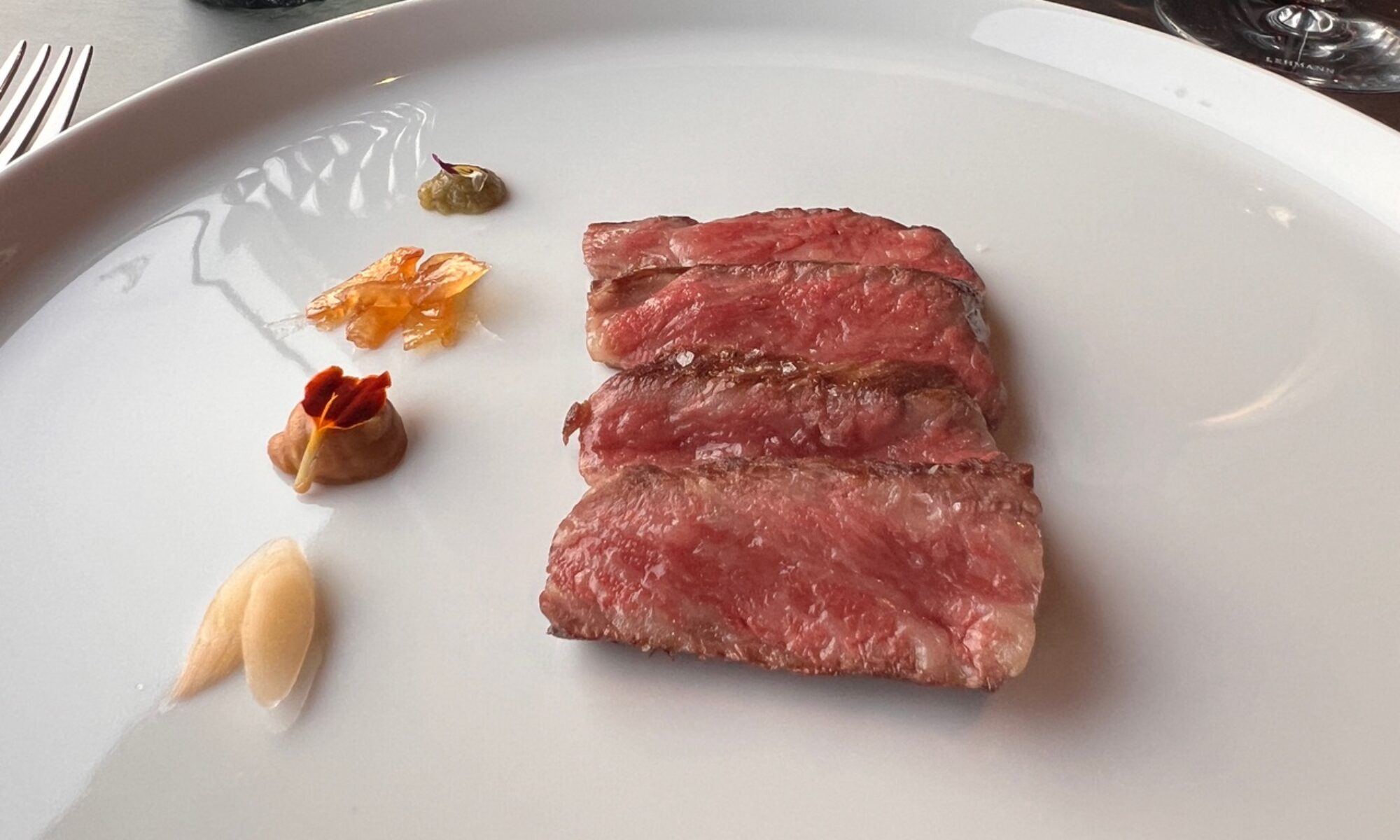A host of new features!
At Eurexpo‐Lyon, in the context of Sirha, 29 and 30 January 2013
Every other year since 1987, the Bocuse d’Or has been bringing young chefs from all five
continents, some of the leading talents of their generation, together in Lyon. More than
just a culinary competition, the Bocuse d’Or is a spectacle and a party, bringing talents to
the fore in an 8000 m2 gastronomic arena featuring a cast of culinary cultures from all over
the world.
It is also a prestigious global network of several thousand chefs, drawn together by
shared values of excellence and friendship.
With new countries competing for the first time and revised regulations pushing back the
limits of creativity, the 14th Bocuse d’Or has a wealth of surprises and thrills in store!
Will the Scandinavian nations continue to reign supreme? Will France regain a place on the
podium? How will the contestants deal with their new challenges? These questions and
many more will be answered at the end of the 2013 final.
The Bocuse d’Or:
24 chefs, 24 nations, 5 continents, 24 different approaches to cooking!
In 1987, when Paul Bocuse dreamt of what the Bocuse d’Or would be, his vision was clear: bring
the world’s different culinary cultures to the fore and welcome new nations to the Bocuse d’Or
family at each competition.
With the exception of 2011, when there were no African nations present, all the continents have
always been represented at the competition.
The Bocuse d’Or 2013 will hence mark the return of Africa, with Morocco competing for the first
time. Having been granted a Wild Card by the International Organisation Committee, the
Moroccan team will proudly defend their nation’s flag at the world final.
The countries of Eastern Europe are also developing their gastronomy as they open up increasingly
to tourism. During the European selection round, Hungary and Estonia, ranked respectively 9th and
11th out of 24, finished in front of star countries such as Italy and Spain. There is no doubt that
Hungary, participating in the final for the first time, and Estonia, present for the second time, will
pull out all the stops to defend their culinary heritage and claim their place on the international
gastronomy stage.
Like the Scandinavian nations in recent years, South America is also undergoing a gastronomic
revival. Led by top chef Alex Atala, jury president at the last Bocuse d’Or Europe, South American
chefs are moving abroad and making names for themselves with their outstanding creativity.
Brazil, Guatemala and Mexico, competing in the final, will aim to astonish the jury by drawing on
this creativity and know‐how.
Asia will also be a formidable opponent, with two highly experienced countries – Japan (13 finals
to its credit) and Singapore (8 finals) – the confirmation of China among the top‐ranking nations
and a highly promising first‐time qualification from Sri Lanka.
A host of surprises… and some new regulations
In addition to the countries making their debut at the competition and those that are returning,
this year’s contest will unveil a major new feature: in order to reshuffle the cards and push the
chefs to be even more creative and spontaneous, the Bocuse d’Or regulations are changing.
What will the new tests consist of? What will the star products be? In a few days all the
participating teams will find out at the same time. From that point on, they will have just under
seven months to get in training. Their aim will be to show off the products in their very best light,
demonstrating creativity while respecting their country’s culinary traditions.
The high point of an eighteen‐month selection process
Involving hundreds of chefs, nearly 60 national selection events around the world, and three
continental selections in Latin America (Bocuse d’Or America Latina‐Copa Azteca), Asia (Bocuse
d’Or Asia) and Europe (Bocuse d’Or Europe), the selection process, which got underway back in
February 2011, came to an end in June 2012.
With the exception of a Wild Card yet to be attributed, the final list of 24 countries that will
compete in this great culinary match is now known:
Australia
Belgium
Brazil
Canada
China
Denmark
Estonia
Finland
France
Guatemala
Hungary
Iceland
Japan
Mexico
Morocco
Netherlands
Norway
Singapore
Sri Lanka
Sweden
Switzerland
United Kingdom
United States of America
1 Wild Card to be attributed

